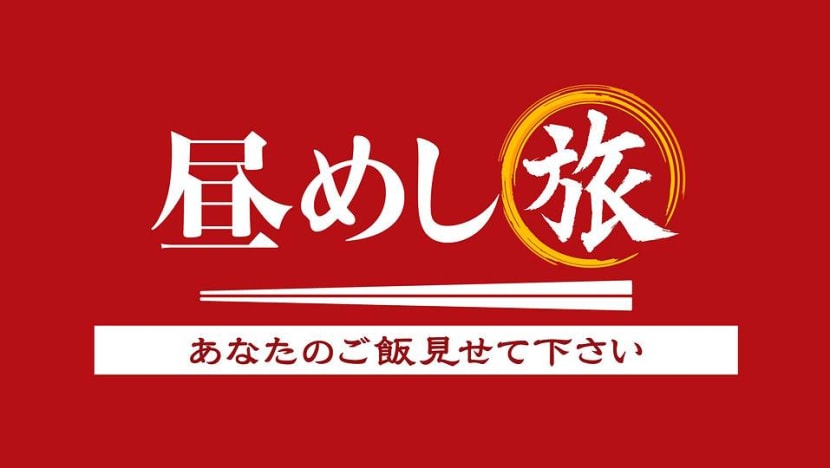It's Lunchtime
This week’s “food investigation” takes place in Nakatsu in Oita, known as the "city of karaage"; and Nozawa Onsen Village in Nagano, where many families make their own pickled nozawana every year.

This week, our “food investigation” first takes us to Nakatsu in Oita Prefecture. The city is well known for its chicken karaage. There are more than 20 shops here that specialise in karaage. A local we speak to outside Nakatsu Station suggests we go to the famous Hokoku Chikusan Bungoya, which has won the gold medal at the Karaage Grand Prix in the soy sauce category for several years in a row.
We later realise it is actually a butcher shop which was established in 1971. We meet the store’s president, Mr Nishigori, who tells us that the boneless karaage - a mixture of thigh and breast meat - is very popular. It is fried for about five to six minutes and the chicken is juicy and tender. Bungoya uses chickens which are butchered on the same day. The chicken is marinated overnight in a soy sauce-based sauce that has been aged for several months. The sauce was created by the store’s employees about 40 years ago.
Mr Nishigori agrees to show us his meal and invites us to his home. For lunch, the family usually eats leftovers. Besides karaage, today’s dishes include deep-fried fatsia sprouts, one type of rice cooked with dadacha-mame and another which is mixed with rice cake. Croquettes, a popular side dish at the butcher shop, are also served. Bungo beef, vegetables, carrots and onions are used for the croquettes, which are simply seasoned with salt.
The next karaage shop we go to is Nakatsu Irotoridori. Its breast meat karaage, which is very popular, is sold out so we order the boneless thigh meat one. This shop’s karaage is also soy sauce-based. The meat is marinated for an entire day in a sweet sauce made with fruit. We notice many high school students patronising the shop, one of whom is Ayano. Her family owns a Japanese pub called Oborozukiyo and it also serves an award-winning karaage. She agrees to let us see her family’s meal after checking with her mother.
We visit Oborozukiyo, which is known for its basil karaage. It has won a gold prize in the non-traditional flavour category of the Karaage Grand Prix. Breast meat is used and the dish is an original invention with a secret recipe. Ayano’s mother Atsuko, who opened the pub around 10 years ago, invites us to their home. For dinner, she prepares miso soup using stock made from dried young sardines. Oita’s famous donko shiitake mushrooms and jumbo nameko mushrooms are added; the miso soup is topped with seaweed and green onions. Other dishes include croquettes made with onions, butter and soy milk; and stir-fried Japanese mustard spinach.
Our next destination is Nozawa Onsen Village in Nagano during the ski season. The number of foreign tourists here has nearly doubled in the last five years, with 80 per cent of them coming from Australia. The town boasts many hot springs and we notice several tourists in the shops here, buying items such as souvenirs and snacks. We go to a sports equipment store, where we see tourists getting ski clothing and equipment.
The shop owner is Mrs Kobayashi, whose parents used to run the sports goods store. We also meet her grandson Omi. We request to see their meal so we later visit their home. Mrs Kobayashi needs onsen eggs for dinner so she asks Omi and his older brother Emu to go to the Juodo Hot Spring to make some. It has a boiler for onsen eggs; it is attached to a public bath and anyone can use it for free. The eggs are cooked in the hot spring for about 20-25 minutes.
Mrs Kobayashi, meanwhile, is making pickled nozawana. Many families here make these pickles every November. The nozawana is rinsed in a hot spring and left in a cold place for a couple of days. On the other hand, the old-fashioned pickles are made with salt, miso and chilli pepper and put aside for about a month.
Nozawana is also stir-fried with ingredients such as bonito flakes, sugar, stock and soy sauce. The stir-fried nozawana can be used in various ways such as in fried rice. Besides nozawana with rice, the family’s meal also includes pork rice bowl with the onsen eggs which were cooked at the hot spring earlier.
Tips:
1) Nakatsu in Oita Prefecture is known as the “city of karaage”
2) Pickled nozawana is a must-try item when visiting Nagano










